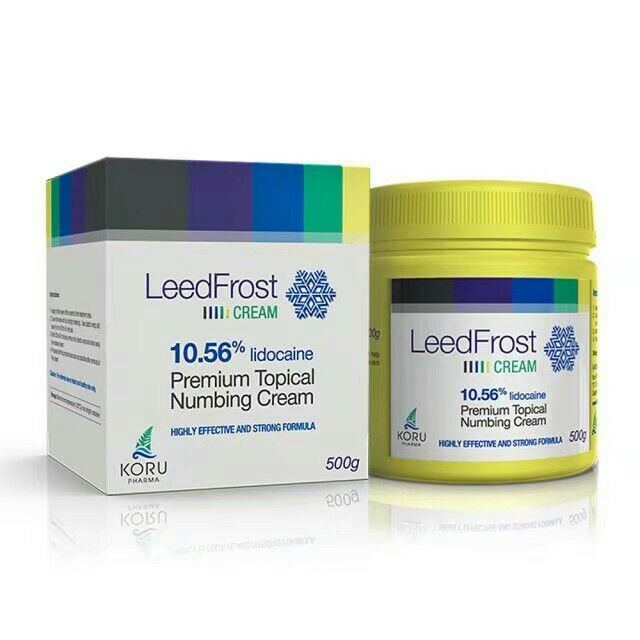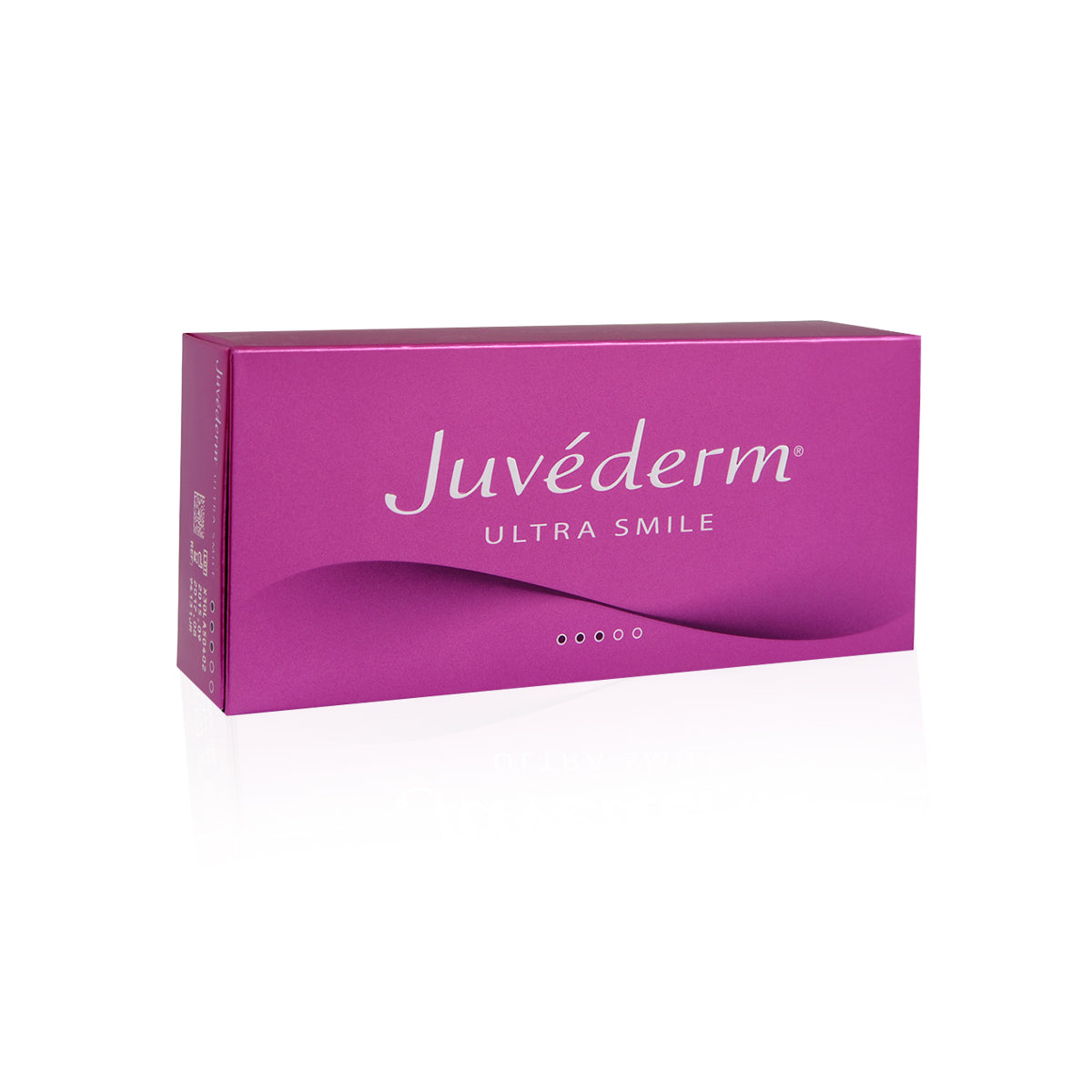1
/
of
1
SKU:div 01
Anesthetic cream Leed Frost 500g
500,00 lei
500,00 lei
750,00 lei
Super pret
Stoc epuizat
TVA Inclus
Livrarea calculata la pasul urmator
Fast delivery in 48 hours
5-9 packages: Save 5%
10-19 packages: Save 8%
20-29 packages: Save 10%
30+ packages: Save 15%
Re-stocking soon
Couldn't load pickup availability
INFORMATII PRODUS
CONTRAINDICATIONS
LEED FROST cream CANNOT be used in the following cases:
– Allergy to lidocaine, prilocaine;
– Rare genetic disease affecting the blood, "glucose-6-phosphate dehydrogenase deficiency";
– Problems with the concentration of a pigment in the blood, 'methemoglobinemia';
– On skin areas with rashes, cuts, scratches or other open wounds, except for leg ulcers;
– If you are taking certain medicines for heart rhythm disorders (class III antiarrhythmics, such as amiodarone). In this case, the doctor will monitor your heart function;
– Avoid contact with the eyes, as it may cause irritation. If it reaches mod
accidentally in the eyes, you must immediately rinse thoroughly with warm water or saline solution (sodium chloride);
– It should not be used in children younger than 12 months who are treated simultaneously with other drugs that affect the concentrations of the blood pigment "methemoglobin";
– LEED FROST CREAM should not be used in premature newborns and children under 12 years of age);
– LEED FROST CREAM should not be applied to the genital mucosa (for example in the vagina) because there is insufficient data on the absorption of the active substances.
– If you are pregnant or breastfeeding, think you may be pregnant or intend to become pregnant, ask your doctor or pharmacist for advice before taking this medicine. It is unlikely that the occasional use of LEED FROST CREAM during pregnancy will have adverse effects on the fetus.
The active substances in LEED FROST CREAM (lidocaine and prilocaine) are excreted in breast milk. However,
the amount is so small that there is generally no risk to the child.
– If you are taking medicines to treat irregular heartbeats, such as amiodarone.
POSSIBLE ADVERSE REACTIONS
Like all medicines, this medicine can cause side effects, although they do not appear at
All the persons. If any of the following side effects bother you or don't seem to go away, talk to your doctor or pharmacist. A mild reaction (pallor or redness of the skin, slight swelling, initial burning or itching) may occur in the areas where it is used. These are normal reactions to the cream and anesthetics and will disappear in a short time without the need for further measures.
Uncommon (may affect up to 1 in 100 people):
– An initial slight burning, itching or heat sensation in the treated area during
skin treatment.
– Numbness (tingling) in the treated area during treatment of the genital mucosa.
– Irritation of treated skin during the treatment of leg ulcers.
Rare (may affect up to 1 in 1,000 people)
- Allergic reactions, which in rare cases can progress to anaphylactic shock (urticaria, swelling
skin, fever, breathing difficulties and fainting) during the treatment of the skin, genital mucosa
or leg ulcers.
– Methemoglobinemia (blood disease) during skin treatment.
– Small dot-shaped bleeding in the treated area (especially in children with eczema after longer periods
long application) during skin treatment.
DO NOT use LEED FROST CREAM on the following areas:
– Cuts, scratches or wounds, except for leg ulcers.
– In skin areas with rash or eczema.
– In or near the eyes.
– Inside the nose, ear or mouth.
– Intra-rectal (in the anus).
– On the genital organs of children.
LEED FROST cream CANNOT be used in the following cases:
– Allergy to lidocaine, prilocaine;
– Rare genetic disease affecting the blood, "glucose-6-phosphate dehydrogenase deficiency";
– Problems with the concentration of a pigment in the blood, 'methemoglobinemia';
– On skin areas with rashes, cuts, scratches or other open wounds, except for leg ulcers;
– If you are taking certain medicines for heart rhythm disorders (class III antiarrhythmics, such as amiodarone). In this case, the doctor will monitor your heart function;
– Avoid contact with the eyes, as it may cause irritation. If it reaches mod
accidentally in the eyes, you must immediately rinse thoroughly with warm water or saline solution (sodium chloride);
– It should not be used in children younger than 12 months who are treated simultaneously with other drugs that affect the concentrations of the blood pigment "methemoglobin";
– LEED FROST CREAM should not be used in premature newborns and children under 12 years of age);
– LEED FROST CREAM should not be applied to the genital mucosa (for example in the vagina) because there is insufficient data on the absorption of the active substances.
– If you are pregnant or breastfeeding, think you may be pregnant or intend to become pregnant, ask your doctor or pharmacist for advice before taking this medicine. It is unlikely that the occasional use of LEED FROST CREAM during pregnancy will have adverse effects on the fetus.
The active substances in LEED FROST CREAM (lidocaine and prilocaine) are excreted in breast milk. However,
the amount is so small that there is generally no risk to the child.
– If you are taking medicines to treat irregular heartbeats, such as amiodarone.
POSSIBLE ADVERSE REACTIONS
Like all medicines, this medicine can cause side effects, although they do not appear at
All the persons. If any of the following side effects bother you or don't seem to go away, talk to your doctor or pharmacist. A mild reaction (pallor or redness of the skin, slight swelling, initial burning or itching) may occur in the areas where it is used. These are normal reactions to the cream and anesthetics and will disappear in a short time without the need for further measures.
Uncommon (may affect up to 1 in 100 people):
– An initial slight burning, itching or heat sensation in the treated area during
skin treatment.
– Numbness (tingling) in the treated area during treatment of the genital mucosa.
– Irritation of treated skin during the treatment of leg ulcers.
Rare (may affect up to 1 in 1,000 people)
- Allergic reactions, which in rare cases can progress to anaphylactic shock (urticaria, swelling
skin, fever, breathing difficulties and fainting) during the treatment of the skin, genital mucosa
or leg ulcers.
– Methemoglobinemia (blood disease) during skin treatment.
– Small dot-shaped bleeding in the treated area (especially in children with eczema after longer periods
long application) during skin treatment.
DO NOT use LEED FROST CREAM on the following areas:
– Cuts, scratches or wounds, except for leg ulcers.
– In skin areas with rash or eczema.
– In or near the eyes.
– Inside the nose, ear or mouth.
– Intra-rectal (in the anus).
– On the genital organs of children.







